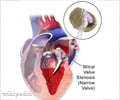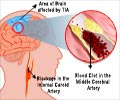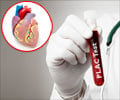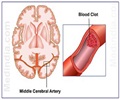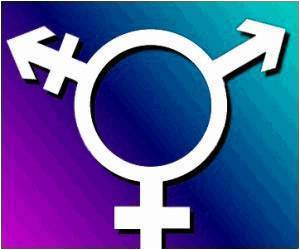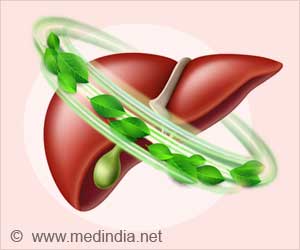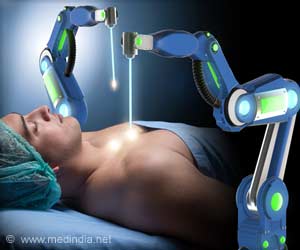Repetitive magnetic stimulation of the brain (rTMS) is considered as an effective rehabilitation technique for stroke.
It is found to improve patient movement on the side of the body affected by the stroke. According to the previous research it is found that the unaffected side of the brain becomes hyperactive after a stroke. This side then sends signals to the affected side that actually impair the patient's ability to move the arms and legs. Hence in this technique a magnet is used to reduce the nerve activity on the side of the brain not affected by the stroke. The study results are published in the journal Stroke.It also reports that the benefits from this therapy can be increased by increasing the magnitude and duration of the rTMS session. The study analysed about 15 patients who were made to undergo active or fake rTMS which was applied to the unaffected side of the brain. The study period lasted for 2 weeks. The patient movement and brain activity were recorded before, during and after treatment session.
Patients undergoing active rTMS showed significant improvements in movement and their brain activity decreased in the unaffected side, and increased in the affected side of the brain. Dr. Felipe Fregni, from Harvard Medical School in Boston said that the improvements seen in the stroke affected patients were cumulative. The results showed that patients were, on average, 10, 20, 27, and 30 percent faster on days two, three, four, and five, respectively. The researchers also said that further studies with an increased number of patients should be done to replicate their findings and to maximize response to treatment.

